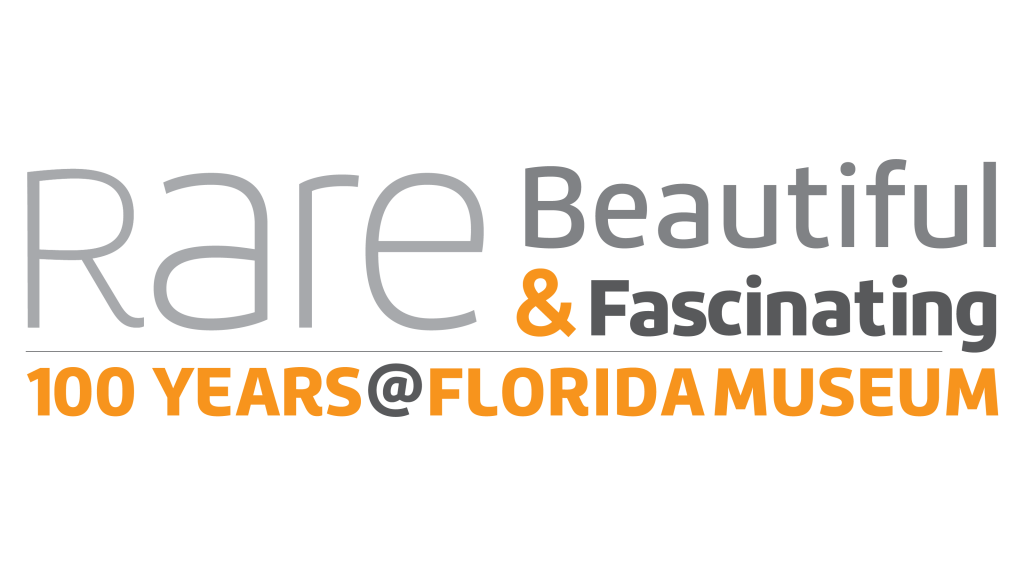Sept. 23, 2017-Jan. 7, 2018
Press Release
Major Themes and Components
Did You Know?
Photo Captions
Exhibit Page
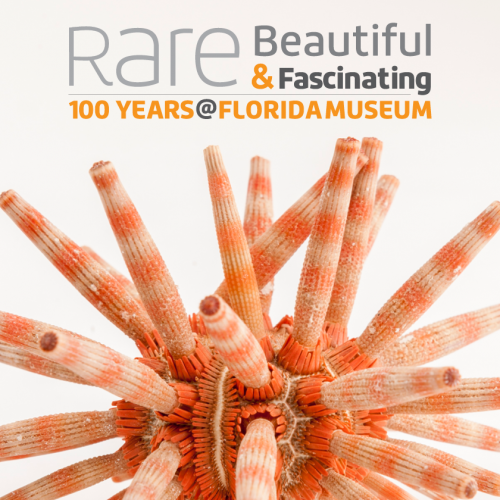 FREE ADMISSION
FREE ADMISSION
From rare, ancient treasures to cutting-edge technologies, the exhibit showcases the Museum’s 17 collections and research initiatives that address topics from extinction to biodiversity. Visitors may interact with scientists working in the lab from a different collection each week, explore the institution’s rich history and learn how the Museum has affected the lives of students, volunteers, employees and donors.
Objects from the Museum’s 40 million specimens also reveal the stories of everything from coral reefs to human health to prehistoric life. Discover ways science has changed over time, and how the Florida Museum remains committed to addressing future critical world issues, including biodiversity, climate change, invasive species and more.
Visit Companion Website
Click for high resolution versions of each image for download.
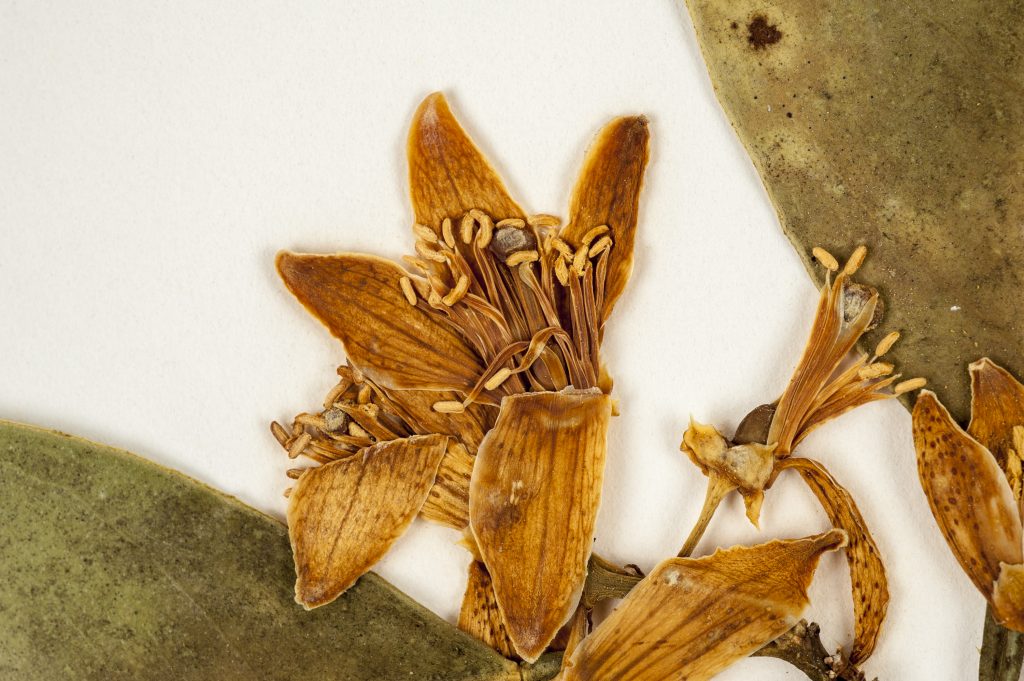
The orange blossom flower is from a Hamlin orange tree, brought to the Americas by Spaniards in the 16th century. Orange trees represent such an iconic aspect of Florida that the orange blossom is the state flower. ©Florida Museum photo by Kristen Grace

Alligator gar have changed little over millions of years. Today, alligator gar are sought as sport fish and used as a food resource. ©Florida Museum photo by Kristen Grace
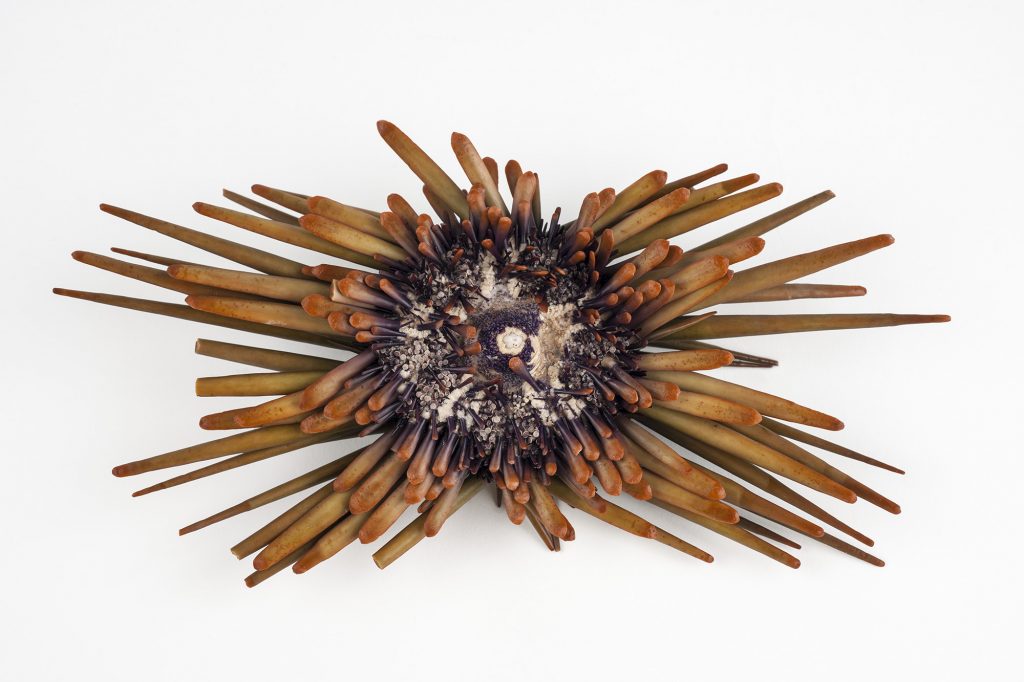
Pencil urchins are cryptic species, animals that look alike but are distinct species. Two known species exist, each with their own unique “DNA fingerprint.” ©Florida Museum photo by Kristen Grace
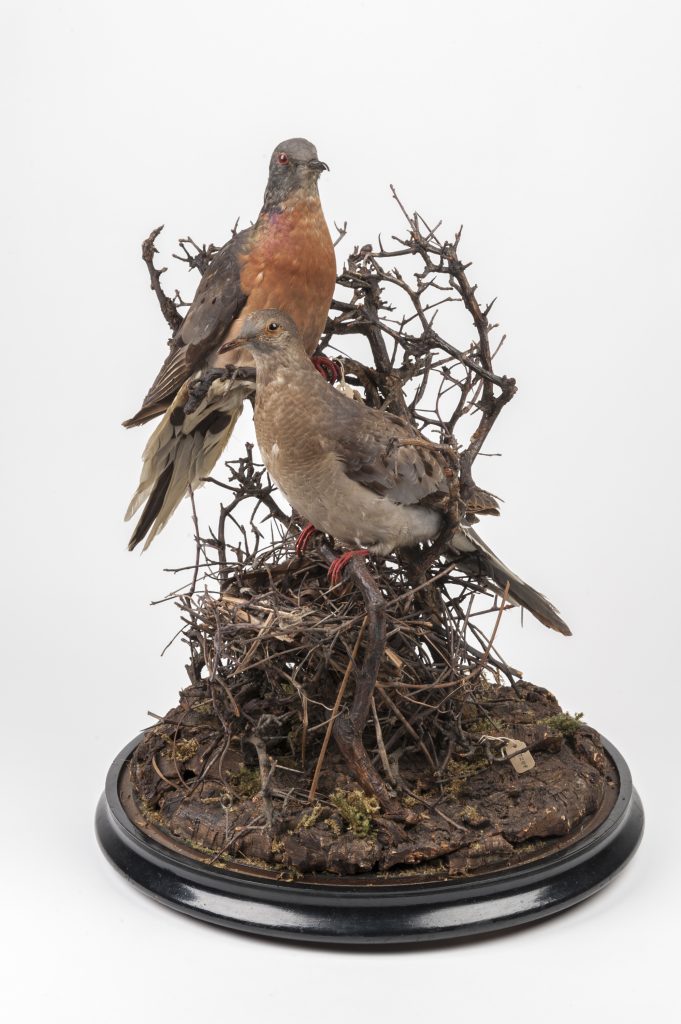
Once among the most abundant birds in the world, the last surviving passenger pigeon died in captivity in 1914. These mounted specimens are featured in the Florida Museum of Natural History’s “Rare, Beautiful and Fascinating” 100th anniversary exhibit, on display Sept. 23, 2017-Jan. 7, 2018. ©Florida Museum photo by Kristen Grace
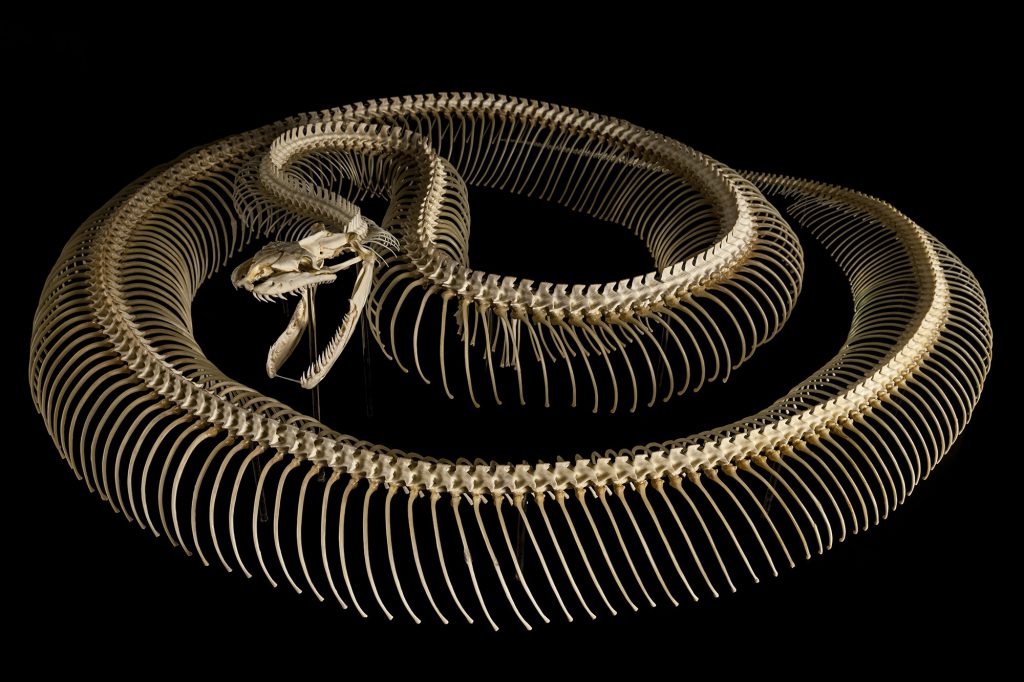
This 17-foot-7-inch Burmese python was captured in Everglades National Park in 2012. At the time it was the largest Burmese python ever captured in Florida, and still holds the state record for the number of eggs it contained—87. The skeleton is featured in the Florida Museum of Natural History’s “Rare, Beautiful and Fascinating” 100th anniversary exhibit, on display Sept. 23, 2017-Jan. 7, 2018. ©Florida Museum photo by Kristen Grace
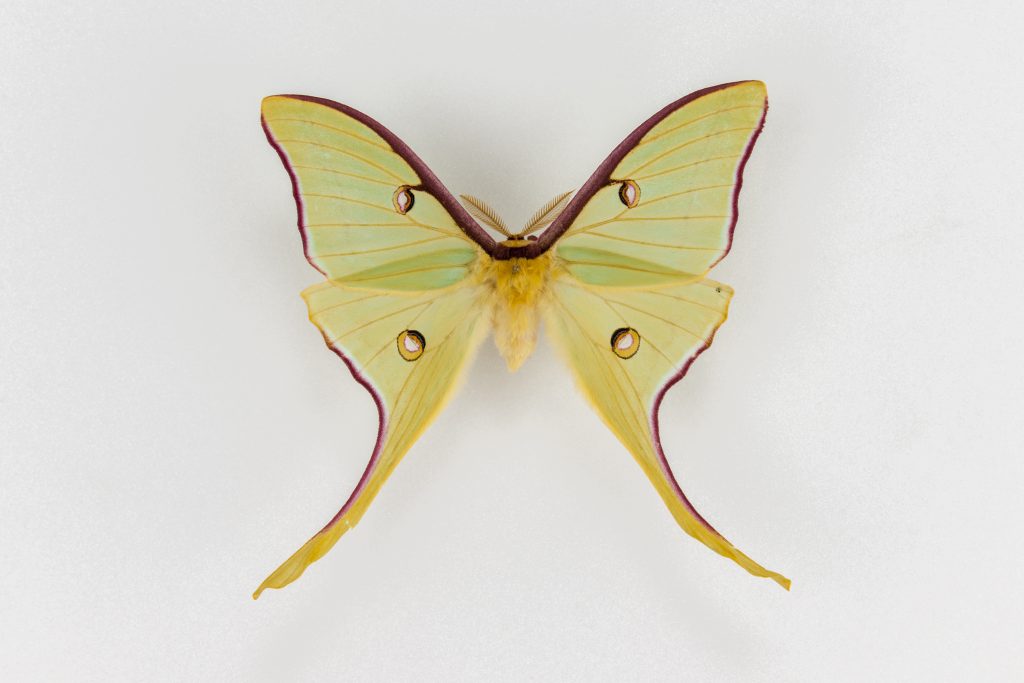
The luna moth evolved a long tail that it spins to ward off bat attacks. It is one of more than 100 objects featured in the Florida Museum of Natural History’s “Rare, Beautiful and Fascinating” 100th anniversary exhibit, on display Sept. 23, 2017-Jan. 7, 2018. ©Florida Museum photo by Kristen Grace
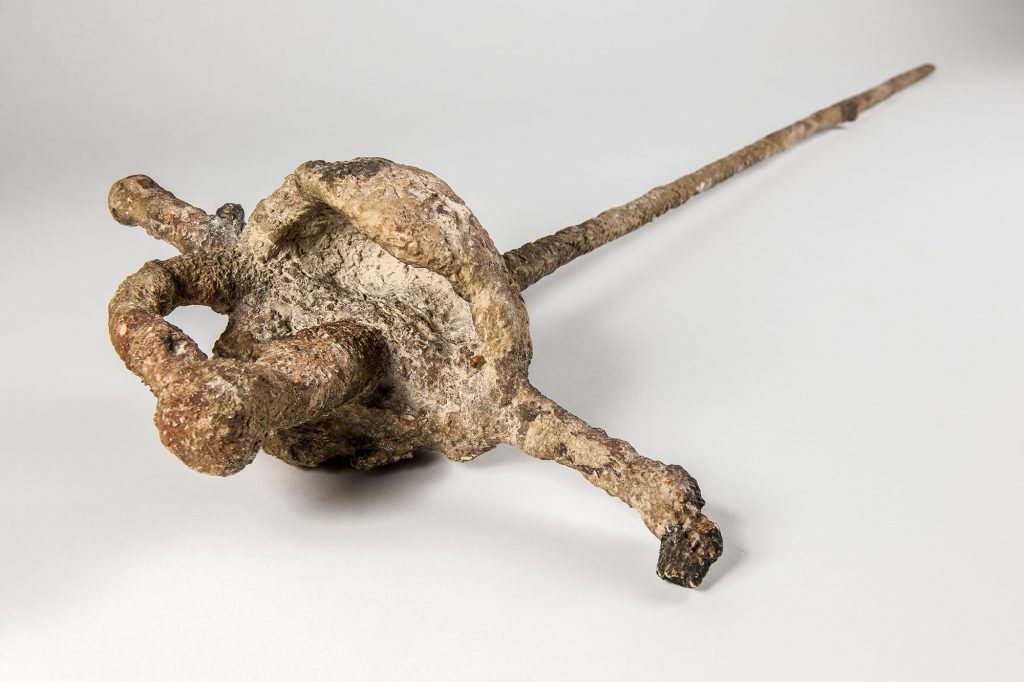
X-rays of a piece of coral recovered from a 17th or 18th century Spanish shipwreck revealed a hollow space that once contained a metal sword. This cast, made by pumping resin into the hollow space, is featured in the Florida Museum of Natural History’s “Rare, Beautiful and Fascinating” 100th anniversary exhibit, on display Sept. 23, 2017-Jan. 7, 2018. ©Florida Museum photo by Kristen Grace
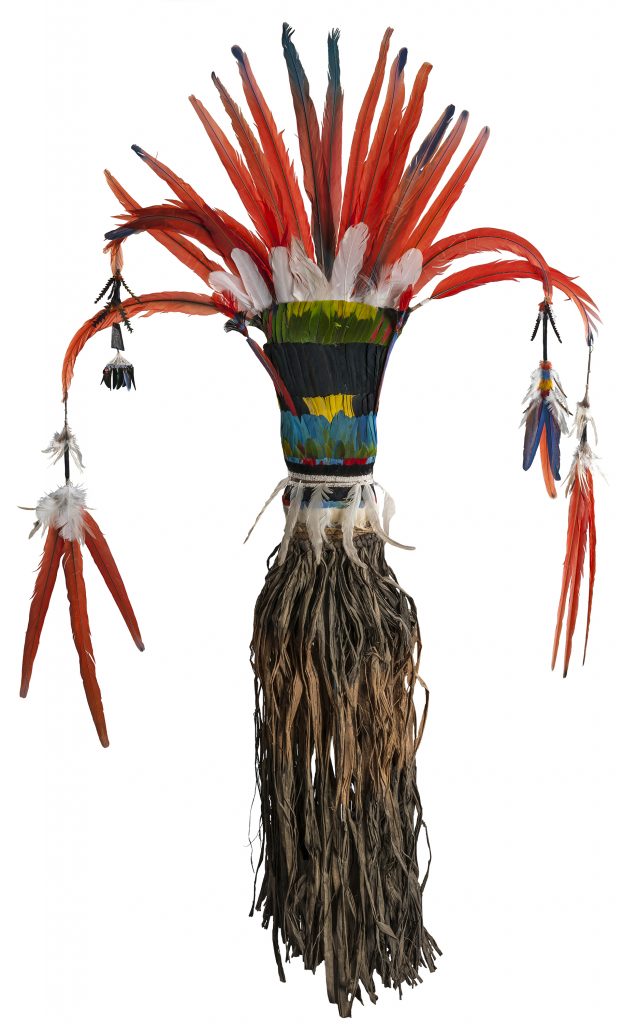
This 20th-century headdress worn by Wayana-Apalai communities from the Amazonian area of Brazil is part of the Florida Museum of Natural History’s “Rare, Beautiful and Fascinating” 100th anniversary exhibit, on display Sept. 23, 2017-Jan. 7, 2018. ©Florida Museum photo by Kristen Grace
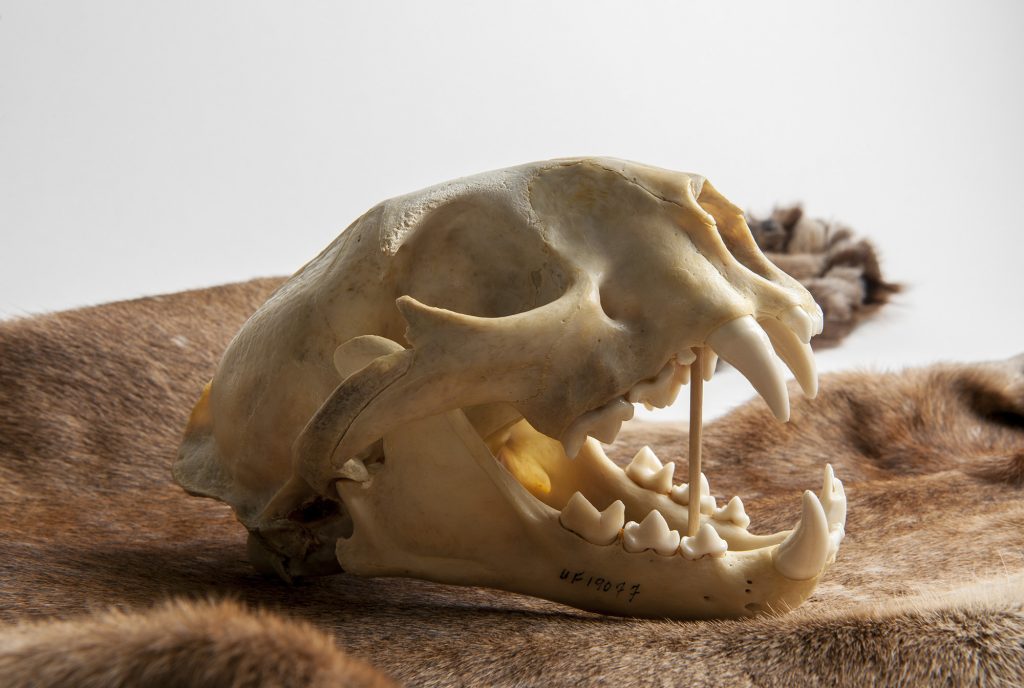
Once estimated to have as few as 20 individuals remaining in the wild, the Florida panther was saved from extinction as the result of extensive conservation efforts. Recognized as Florida’s official state animal, it is included in the Florida Museum of Natural History’s “Rare, Beautiful and Fascinating” 100th anniversary exhibit, on display Sept. 23, 2017-Jan. 7, 2018. ©Florida Museum photo by Kristen Grace
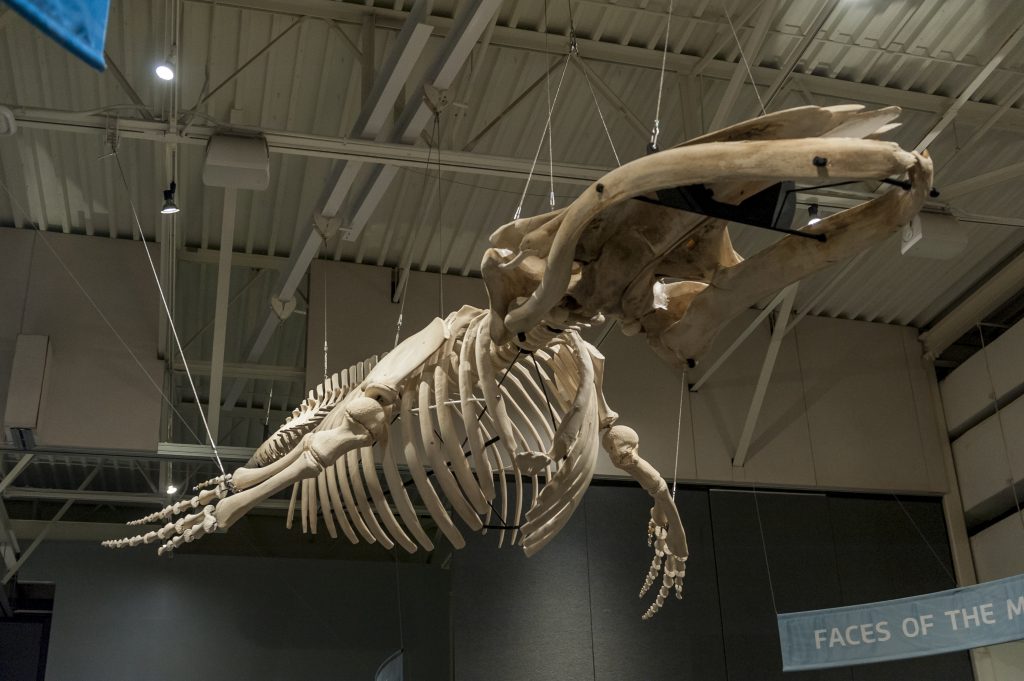
The Florida Museum of Natural History is featuring a rearticulated 26-foot-long juvenile male humpback whale skeleton suspended from the ceiling as part of its new “Rare, Beautiful and Fascinating” 100th anniversary exhibit, on display Sept. 23, 2017-Jan. 7, 2018, in Gainesville. ©Florida Museum photo by Kristen Grace
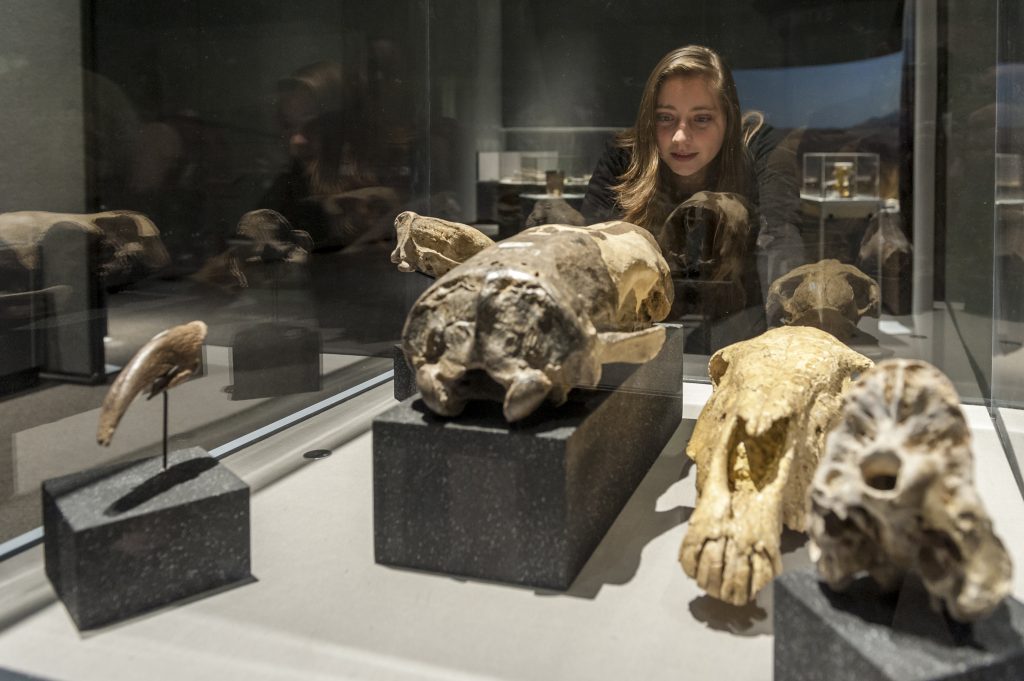
The “Rare, Beautiful and Fascinating” 100th anniversary exhibit includes information on the Great American Interchange, the land bridge that formed 3-4 million years ago allowing animals like giant armadillos and ground sloths, pictured here, to travel from South America to North America. The Florida Museum of Natural History in Gainesville will display the exhibit Sept. 23, 2017-Jan. 7, 2018. ©Florida Museum photo by Kristen Grace

The Florida Museum of Natural History’s “Rare, Beautiful and Fascinating” 100th anniversary exhibit, on display Sept. 23, 2017-Jan. 7, 2018, features a number of Native American items from its collection, including this vest made by a member of the Sioux people in the 1800s. ©Florida Museum photo by Kristen Grace
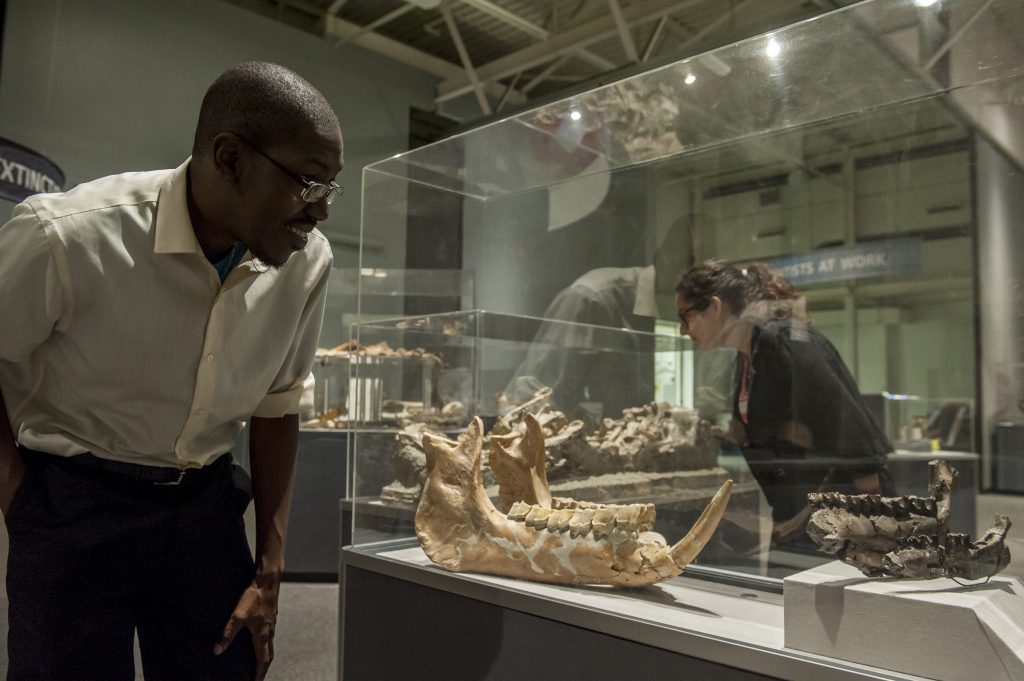
Visitors view rhinos and other fossils displayed in the Florida Museum of Natural History’s “Rare, Beautiful and Fascinating” 100th anniversary exhibit, on display Sept. 23, 2017-Jan. 7, 2018, in Gainesville. ©Florida Museum photo by Kristen Grace
Rare, Beautiful & Fascinating: 100 Years @FloridaMuseum was created by the Florida Museum of Natural History and made possible with financial support from Jon & Beverly Thompson and the 1923 Fund.
 FREE ADMISSION
FREE ADMISSION












